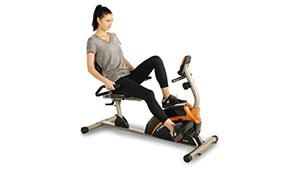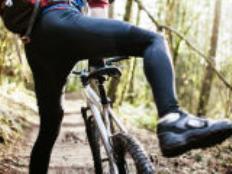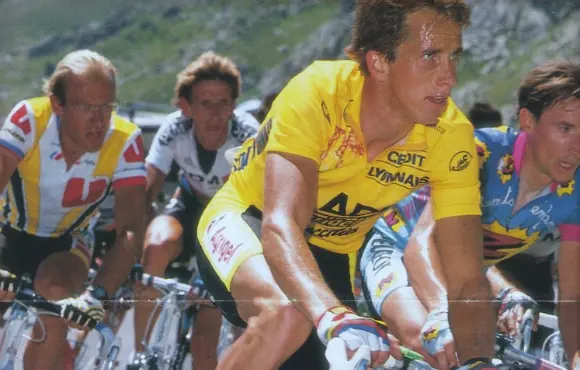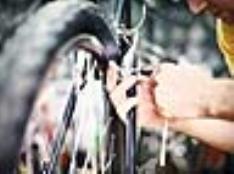
Cycling cadence refers to the speed you turn your pedals. As with an engine, your cadence is usually broken into revolutions per minute or rpm. Your stroke is basically half of a revolution while your cadence is the repetition of that stroke 200 times. This is all very simple. You pedal, you count how many revolutions you make in one minute and you arrive at your rpm. No big deal.
It becomes a big deal when you ride your road bike for 300 minutes instead of one. That is when you have to break the cadence down into its three basic components:
- Exertion
- Power
- Endurance
How much exertion does it require to obtain maximum power, and how long can you maintain that level?
If you are technically inclined, there is a tremendous volume of research on this topic. The practical purpose of this article is not to get too technical. Simply put, you need to pay attention to your cadence, you need to establish what your ideal cadence is for various conditions, and you need to understand how this will affect your riding performance.
The type of cadence most people are familiar with is that of a drummer. The drum cadence provides a steady marching pace, and has historically kept up the troops' morale on the battlefield. A cycling cadence serves pretty much the same purpose. Everyone who rides a bike has a cadence, the goal is to discipline that cadence into one that makes you a stronger, more efficient cyclist and thereby, boosts your morale.
A good bench mark for an endurance cyclist is 95 rpm.
This cadence may seem uncomfortably fast for the casual touring cyclist who is making the transition to road racing, but a higher cadence requires much less muscle power. Training at a high cadence also helps eliminate mechanical inefficiencies in your stroke.
To maintain the high cadence, selecting the proper gear is very important. If you are riding a flat stretch of pavement, your shifting will likely be minimal. When you mix in some hills, you'll will find it's difficult to stay in your sweet spot up this long, steep incline unless you are the second reincarnation of Marco Pantani.
Slip into an easier gear before you start to climb and continue to down shift as the grade steepens.
Standing over your pedals can increase your power for short spells while putting you in an alternative position and stretching your lower back.
It you are on a long decent, you can shift to your smallest gear on your rear cluster and your biggest chain ring and hammer away. Maybe under these circumstances, you are tempted to exceed your sweet spot, but depending on how big your chain ring is, that may adversely impact your endurance unless you have the power of Miguel Indurain in his prime.
Wind is another factor, but it's often ignored until it is staring you in the face. Head winds create constant drag. Therefore cycling cadence is even more critical when faced with this mortal enemy. Select the appropriate gear, put your head down and try to keep your rpms up.
 Improve your cadence at a cycling clinic.
Improve your cadence at a cycling clinic.Atlanta Cycling Examiner Dan Schoolfield has been actively involved in the Atlanta cycling community for more than 20 years.
Examiner.com is the inside source for everything local. Powered by Examiners, the largest pool of knowledgeable and passionate contributors in the world, we provide unique and original content to enhance life in your local city wherever that may be.









Discuss This Article